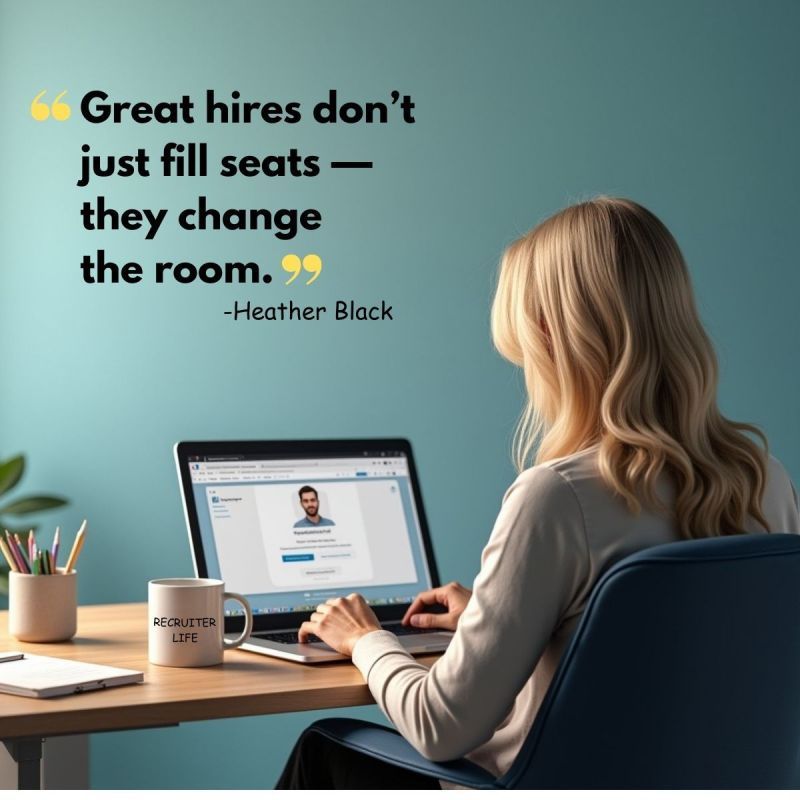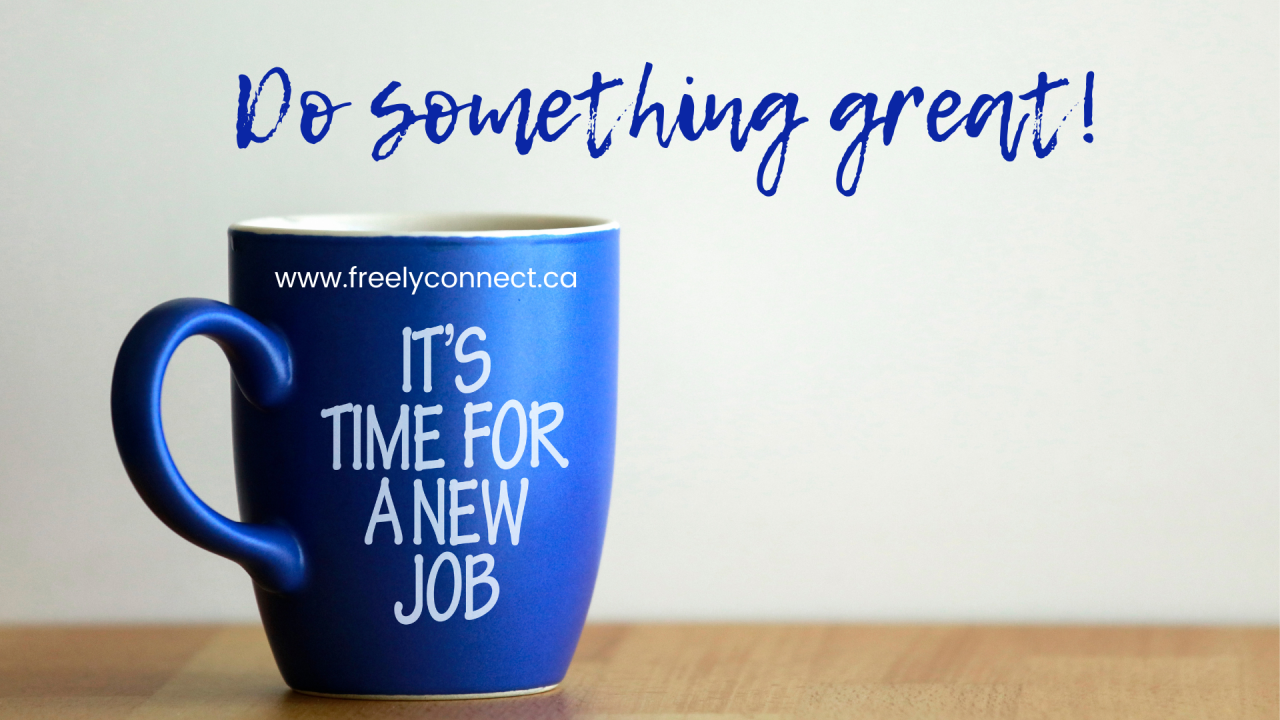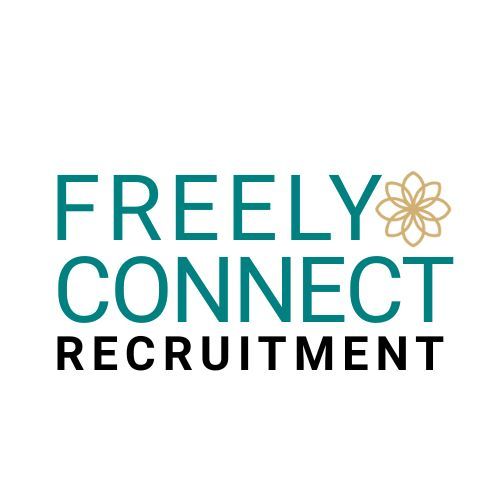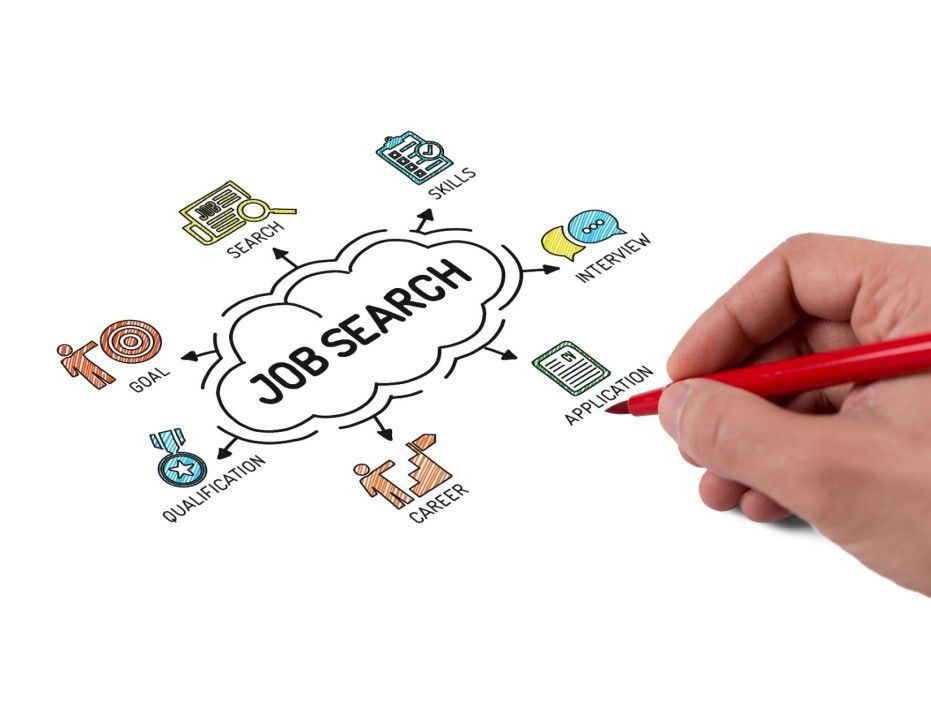AI in Resume Writing: What Works and What Doesn't
AI-powered resume writing is a hot topic on LinkedIn right now, and I love that people are exploring its potential. AI can be an amazing brainstorming tool, helping job seekers refine their resumes, sharpen bullet points, and optimize for key terms. As a recruiter and career coach who works closely with candidates to craft compelling resumes, I have to say that it’s not as simple as some make it out to be.
Here are some real pitfalls to be aware of and ways to navigate them:
AI can sometimes embellish too much. I’ve seen AI tools generate resumes that exaggerate a candidate’s experience, sometimes to the point of misrepresentation. Optimization is important, but honesty matters more. Start with your own content. Write out your responsibilities, achievements, and skills first. Then, use AI to refine and polish, not fabricate.
Keyword stuffing doesn’t equal accuracy. Many job seekers use ChatGPT to paste a job description and their resume, then prompt AI to optimize it with keywords. The problem is that the generated content may not reflect actual skills or experience. If you land an interview but can’t back up what’s on your resume, that’s a major issue. To avoid this, don’t rely on AI to auto-fill keywords. Always double-check that everything aligns with your experience.
Professional summaries need a human touch. AI-generated summaries often go on too long, include personal pronouns, or are filled with fluff that doesn’t add value. A strong summary should be sharp, engaging, and to the point. I suggest teaching AI what you want. Ask for a concise, professional summary that showcases your value, leaving out unnecessary filler.
Bullet points should highlight real accomplishments. AI can generate job duty-based bullet points, but it doesn’t always capture what makes you stand out. Hiring managers want to understand your value. Make sure you edit every bullet manually and that each one highlights specific accomplishments and, where possible, includes metrics.
AI doesn’t always get resume length and readability right. Sometimes AI generates wordy, jargon-filled statements that don’t read naturally. Resumes need to be clear and concise because hiring managers don’t have time to sift through fluff. Using AI to help structure your resume is fine but make sure you go through it and tighten up the language. Keep it easy to read and to the point.
AI is an incredible tool, but its real value comes from using it as a brainstorming partner rather than relying on it completely. As a recruiter, I can always tell the difference between an AI-generated resume and one that’s been thoughtfully crafted. It’s a helpful resource, but not something you should rely on without a lot of review and fine-tuning.
Previously posted by Heather Black on LinkedIn - January 29, 2025
You're Hired!



